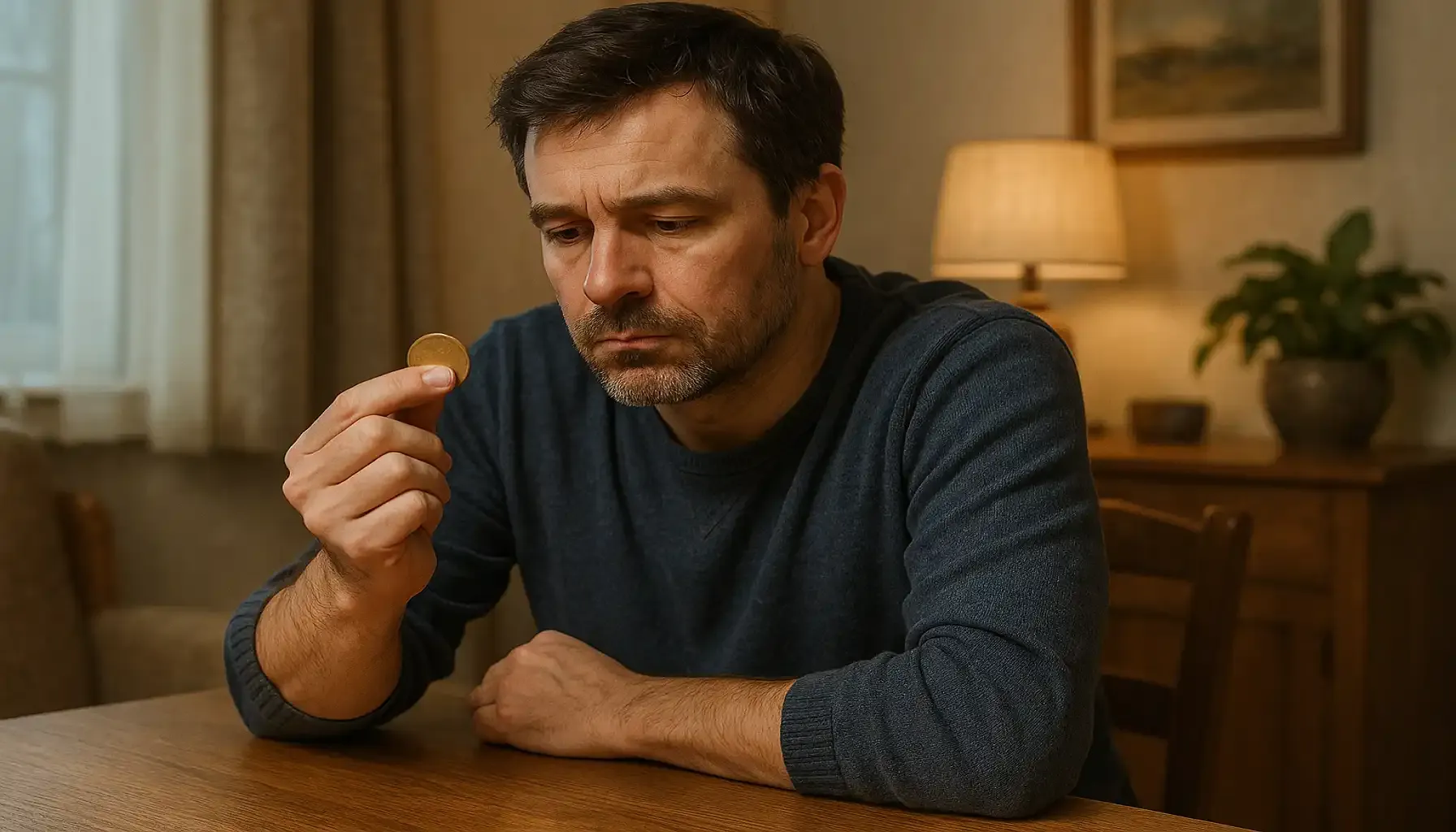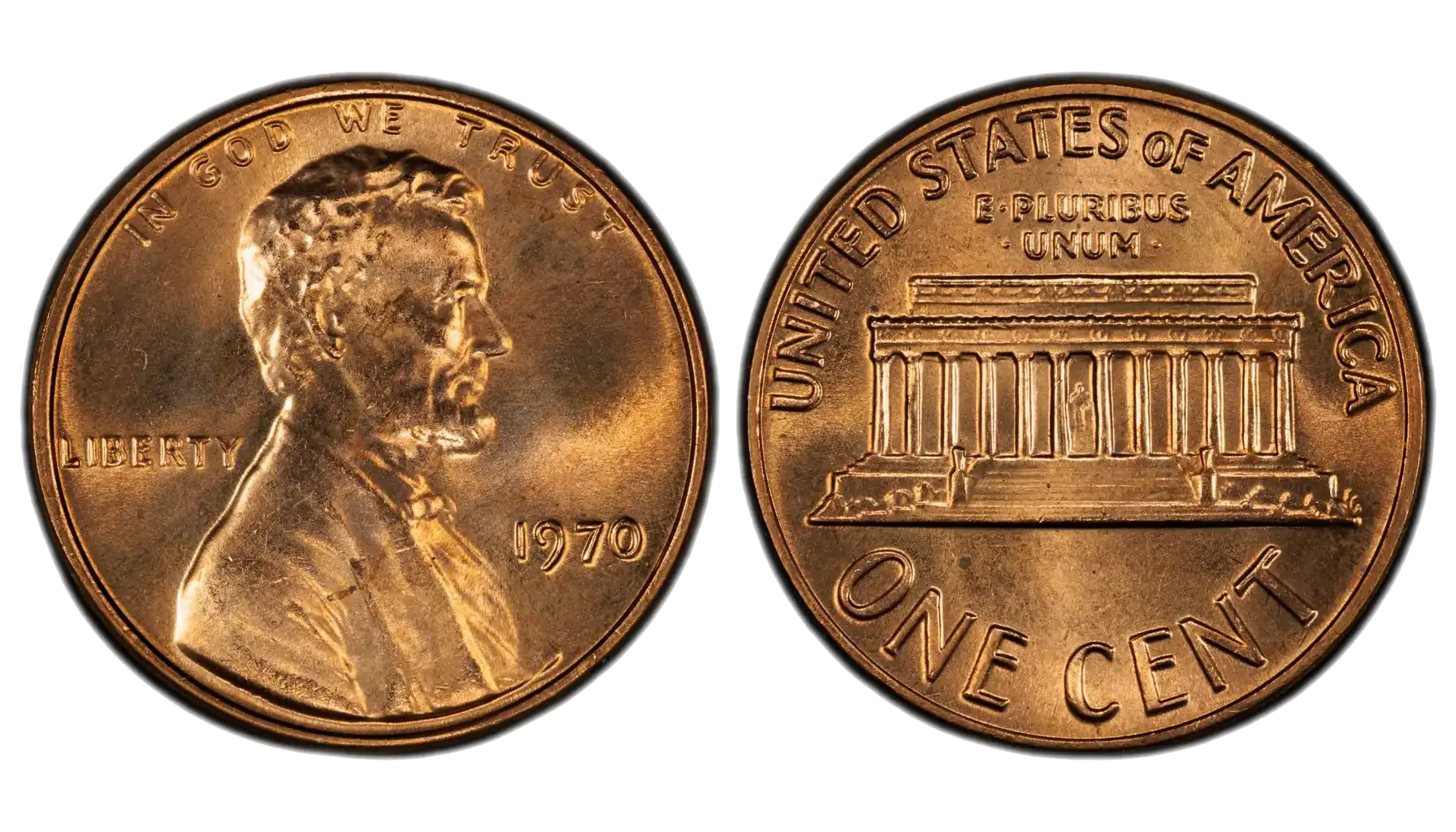Contents:
Hawaii was the last state to join the alliance of once-independent lands, currently known as the United States of America. And to commemorate this culturally, politically, and economically significant occasion, the US Mint released the Hawaii State Quarter within the 50 State Quarters program, which aimed to honor each part of one of the largest countries in the world.
The Hawaii 2008 quarter is indeed a great example of how culture should pay tribute to its past and respect the diverse backgrounds of the local communities. In this article, you are welcome to grasp the characteristics of the Hi state quarter and get acquainted with a reliable tool for identifying coins and their values for further exploration to delve into.
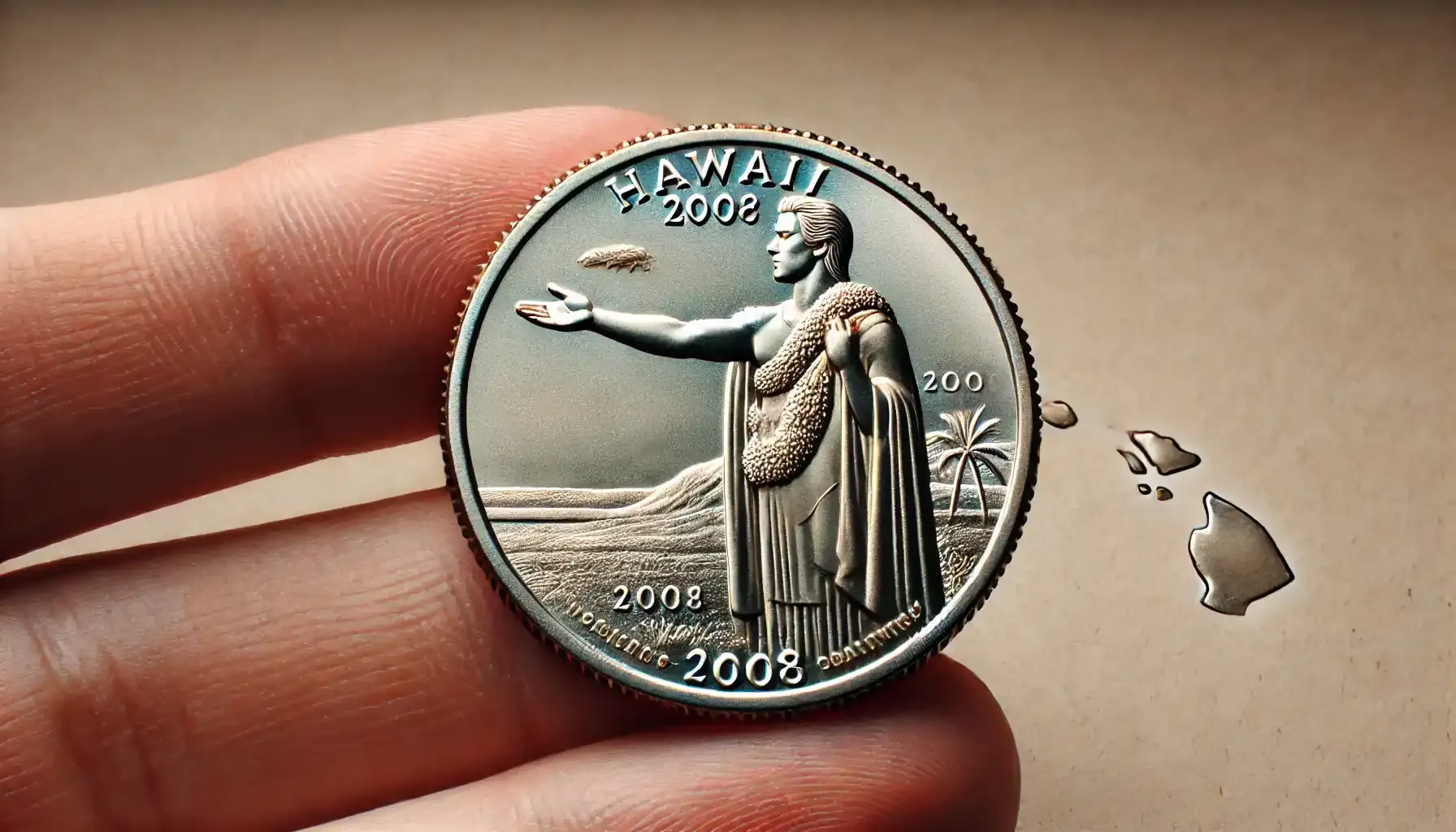
50 State Quarters Program
The 50 State Quarters program was a one-of-a-kind initiative launched in 1999 and devoted to the 10-year-long celebration of each state of America and their cultural impact in succession they were admitted to the union. Indeed, it was one of the most popular programs designed and instituted ever.
The selection of the patterns to be incorporated into each coin was tough and intense since it is always complicated to choose and approve the most indicative picture referring to the specific place or person. Nevertheless, with the help of governors, special committees, and the public, there appeared the magnificent works of art in the form of peculiar metal plates.
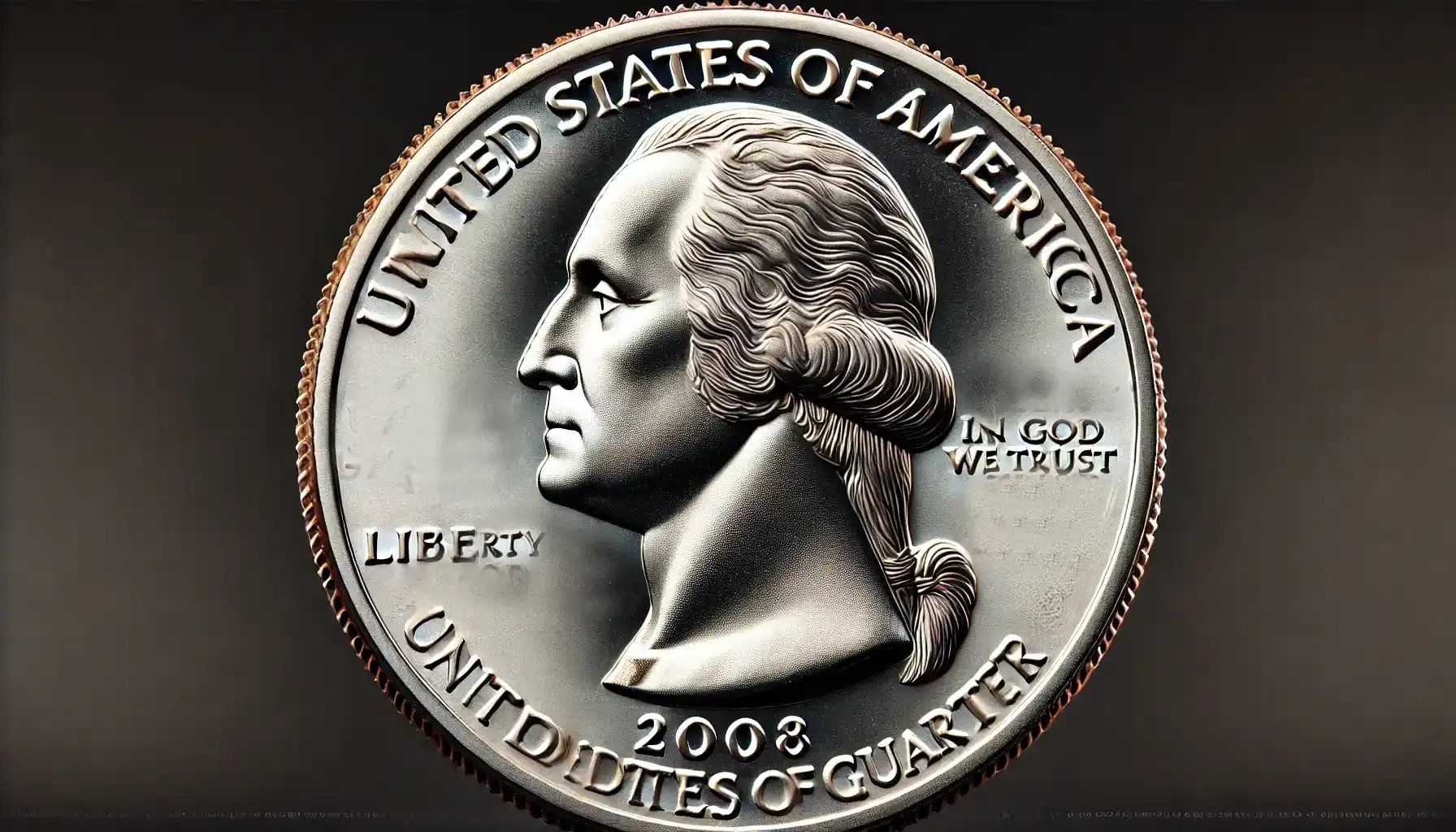
Design Elements of the Quarter from Hawaii
Reverse: The coin of Hawaii completely represents the pristine, exotic nature and rich history of the archipelago. The central part of the reverse’s design is fairly allocated for King Kamehameha I, the acclaimed ruler who brought the Hawaiian Islands together in the early 1800s, with his arm extended.
The background of the reverse features a map of the Hawaiian Islands, which emphasizes the state's geographic peculiarity as the only US state composed entirely of islands. The Hawaiian state motto, "Ua Mau ke Ea o ka ‘Āina i ka Pono," which means "The life of the land is perpetuated in righteousness", is featured right next to King Kamehameha I, under the representation of the Islands.
Obverse: The obverse side, though, is not really unique. From that perspective, a coin looks like any state quarter, i.e., it represents the profile of George Washington along with inscriptions like “UNITED STATES OF AMERICA,” “QUARTER DOLLAR,” “LIBERTY,” and “IN GOD WE TRUST”.
The Main Characteristics of the 2008 25C Coin | |
Composition | 91.67% copper, 8.33% nickel 90% silver, 10% copper (silver proof only) |
Weight | 5.67 grams |
Diameter | 24.26 mm |
Thickness | 1.75 mm |
Edge | Reeded (119 reeds) |
Mintmarks | P (Philadelphia), D (Denver), or S (San Francisco) |
Related article: 1796-1797 Draped Bust half dollar worth today.
Hawaii Quarter 2008: Types by Mints
2008 P 25C Hawaii
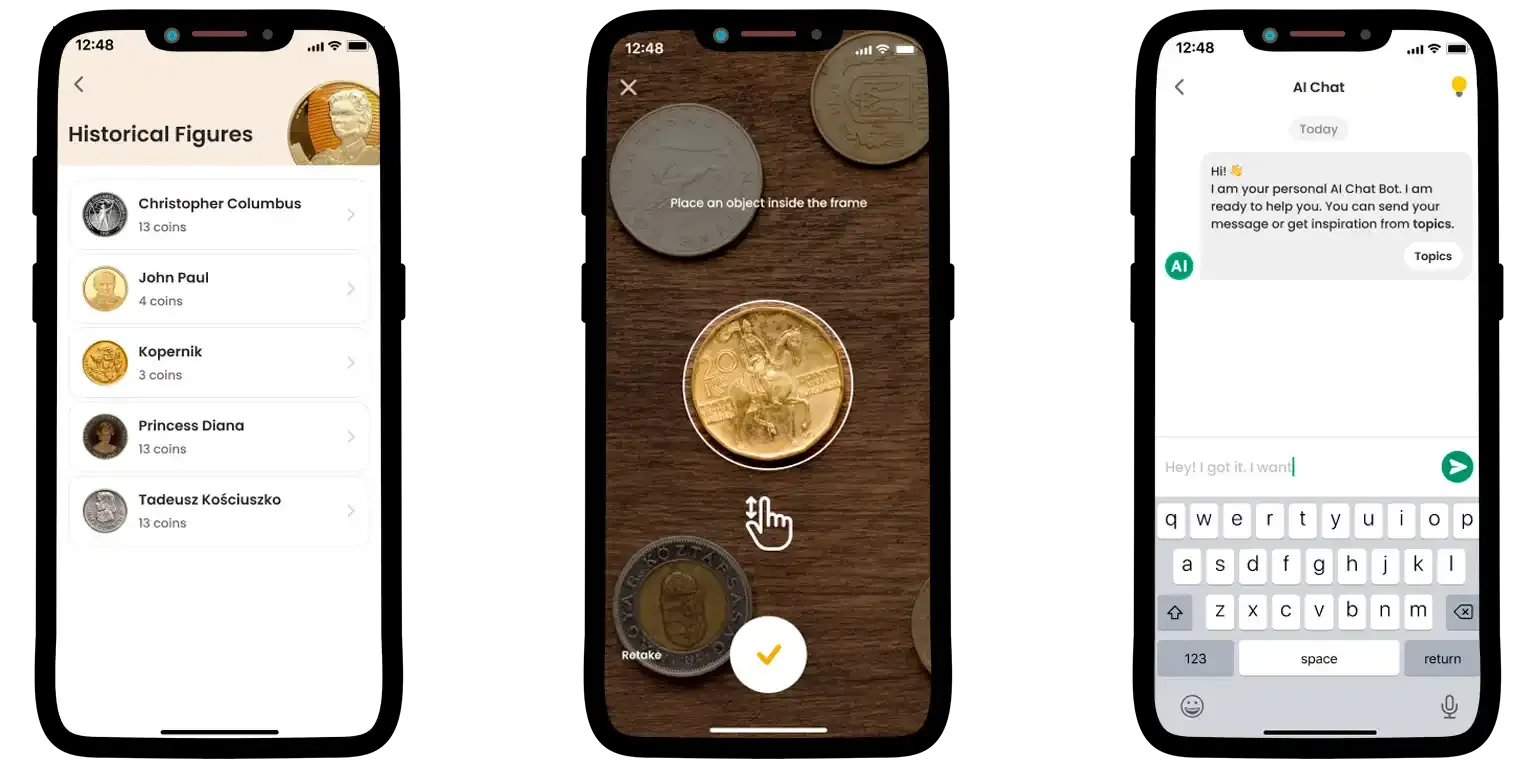
Mint: Philadelphia
Mintage Figures: 254,000,000
Auction Record: $795 (graded MS69)
Struck at the Philadelphia Mint, the 2008-P Hawaii quarter is a common circulation coin but can command impressive prices in top condition.
2008 D 25C Hawaii

Mint: Denver
Mintage Figures: 263,600,000
Auction Record: $295 (graded MS67)
The 2008 Hawaii quarter D, minted in Denver, on its part, had an even higher production than its Philadelphia counterpart.
2008 S 25C Hawaii (Proof)

Mint: San Francisco
Mintage Figures: 2,078,112
Auction Record: $360 (graded PR70 DCAM)
The 2008-S Hawaii quarter was specially struck at the San Francisco Mint for collectors, featuring a Deep Cameo (DCAM) proof finish. With just over 2 million pieces minted, these coins were never released into circulation.
2008 S 25C Hawaii (Silver Proof)

Mint: San Francisco
Mintage Figures: 1,192,908
Auction Record: $345 (graded PR70 DCAM)
The 2008-S Hawaii Silver Proof quarter is struck from 90% silver and 10% copper, which was unique and exclusive when compared to other issues. Perfect PR70 examples are highly sought after by both coin collectors and silver investors (as the Hawaii 1959 quarter 2008 value is strongly dependent on precious metals rates).
Notable 2008 Hawaii Quarter Errors
Although state quarters can exhibit various typical mint errors on coins, such as off-center strikes, doubled die obverse (DDO), doubled die reverses (DDR), and more, one of the most notable and widely discussed flaws is the dropped letter T on the obverse near the mint mark.
This unusual mint mistake has a raised impression of the letter "T," which is said to have derived from the word "TRUST" in the motto. As a rule, dropped letter errors occur when oil, debris, or other residue fills the die's incused letters, hardens, and finally breaks loose, leaving an impression on coins struck afterward.
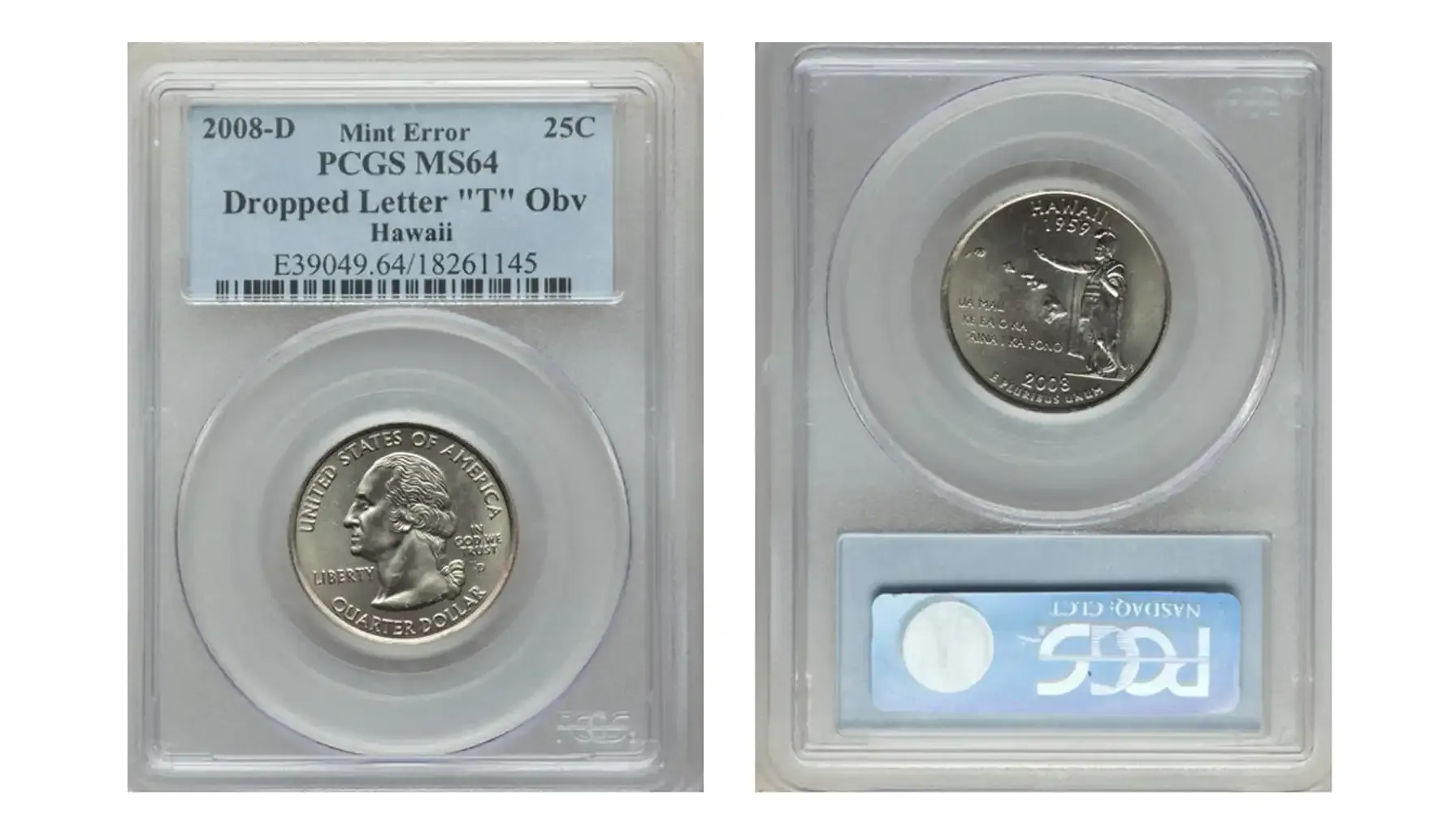
Market Value of 2008 Hawaii State Quarter
Circulated Quarters: The majority of coins in circulation are worth nearly as much as it is stated on their face, i.e., 25 cents. When in fine conditions, these may occasionally fetch a little higher price, yet this is not a common thing to happen.
Uncirculated Quarters: Uncirculated Hawaii quarters represent a more valuable group of coins, especially if they are in mint condition (rated MS-65 or higher). You will be surprised, but these can sell for anywhere from $1 and $5, depending on the quality and the desire of the owner.
Proof Coins: The value of the Hawaii quarter may increase if it is produced in special proof versions for collectors. Depending on its condition and whether it is made of silver or not, the value of a proof Hawaii quarter can vary from $5 to $20 or even more.
Get Your Numismatic Assistance Right Away
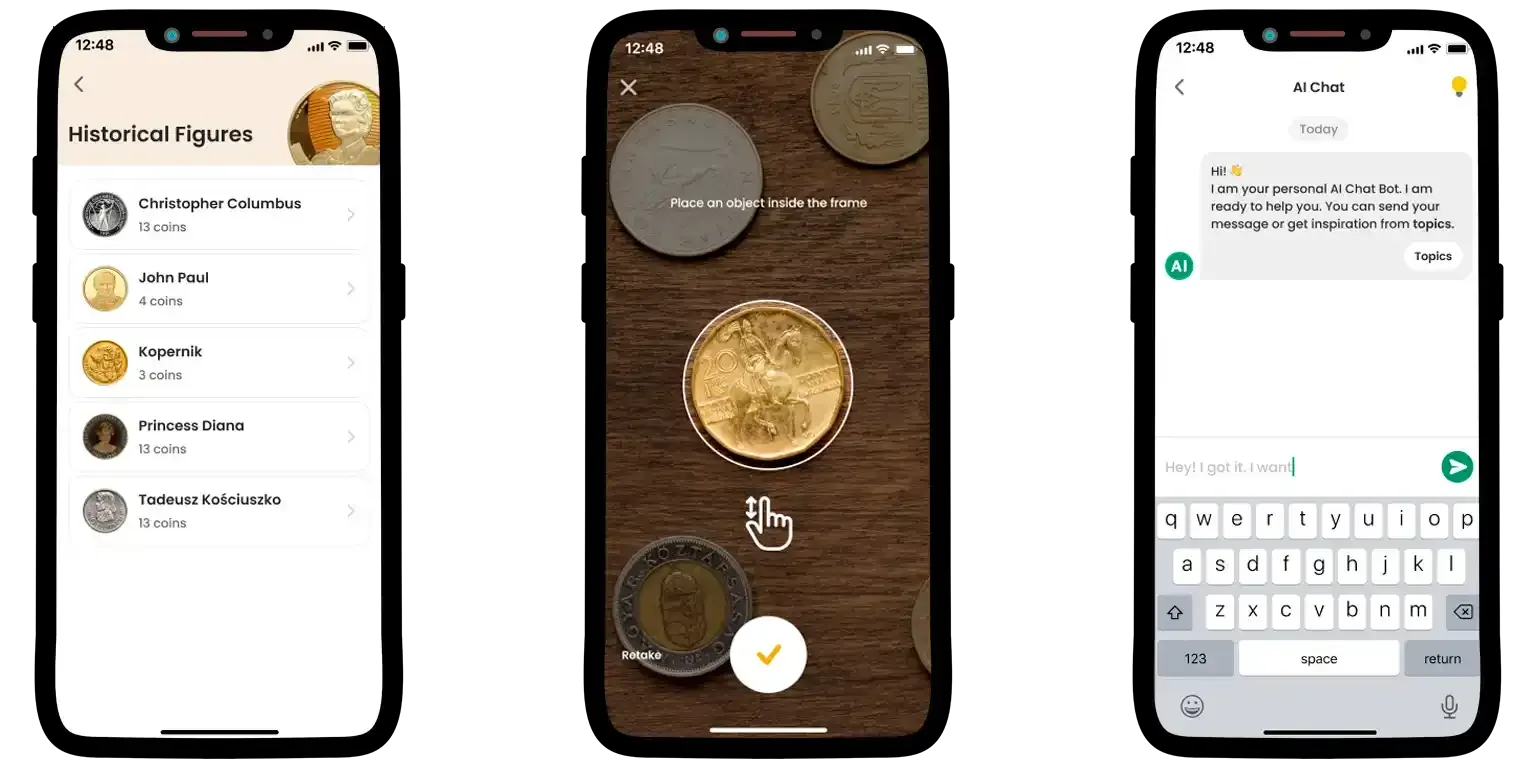
Anyway, when one engages in numismatics, it is always an overwhelming experience. To make it smoother and less painful, the industry has a few solutions to offer, and Coin ID Scanner deserves all the praise we are to bombard it with.
Coin ID Scanner is an application of a new era that delivers the most essential tools for numismatists’ daily use. How does it work? Briefly speaking, Coin ID Scanner evaluates a coin's physical attributes with the use of machine learning algorithms and artificial intelligence. This covers its design, inscriptions, metal composition, minting year, errors, origin, market value, and even particular variations or marks. Try scanning your 1794 silver dollar with this app and find out its real value on the spot.
After scanning via the built-in camera, the app compares these characteristics to an extensive database of photographs and information about coins worldwide and finally gives the user a coin identification proper. Besides, one is free to keep track of their coins to understand when it is time to inspect the collection and make necessary changes in the end.
Coins like the 2008 quarter Hawaii usually draw the attention of the international community, for they can productively display the local intricacies of culture and overall interest in coins of this type. So, equip yourself with the necessary tools and create a fine collection full of your favorites only.

